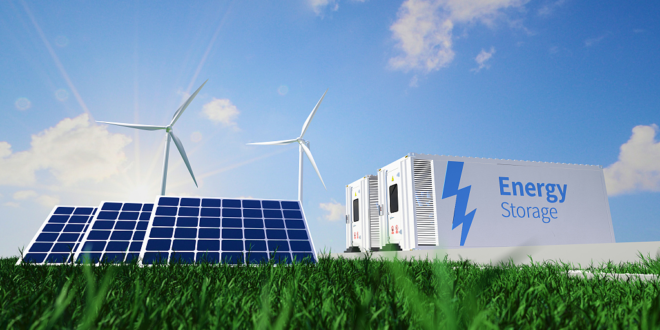With the world’s largest station for iron-chromium flow battery tested on Tuesday in north China, the country has paved a new path for renewable energy storage.
An iron-chromium flow battery is a new energy storage application technology utilizing the chemical properties of iron and chromium ions in the electrolyte. It can store renewable energy from wind and solar power and discharge for peak hours.
Such mega energy storage stations can help shave peak and modulate frequency for the power system, enabling smooth grid operation.
“Users can get compensated on the peak-valley tiered rate system for electricity as they use more electricity stored from valley time, and valley time electricity is charged at cheaper price,” said Li Jianwei, chief engineer of the State Power Investment Corporation Limited.
The station, located in north China’s Inner Mongolia Autonomous Region, will be connected to the power grid after 168 hours of test run, Li said.
China’s multiple approaches to energy storage
As of the end of 2022, the total installed capacity of energy storage projects in China has reached 59.4 GW, with pumped storage taking up to 77 percent, according to Chen Haisheng, a researcher from the Institute of Engineering Thermophysics under the Chinese Academy of Sciences.
“Pumped storage is currently the mainstream technology, but it can’t fully meet China’s growing demand for energy storage,” Chen said in an interview with China Media Group.
A pumped storage facility usually requires a configuration of two water reservoirs at different elevations, thus taking up precious land resources to meet the demand. In addition, pumped storage is also more suitable for long-term large-scale energy storage application scenarios.
“And that’s where the opportunities stand for new energy storage,” Chen said.
“We believe that its installed capacity is going to surge and will see rapid development in the sector.”

 Iran Energy News Oil, Gas, Petrochemical and Energy Field Specialized Channel
Iran Energy News Oil, Gas, Petrochemical and Energy Field Specialized Channel



